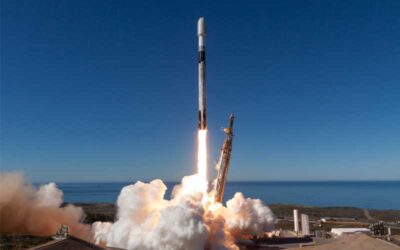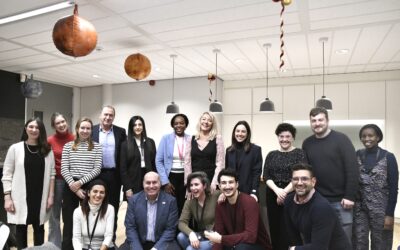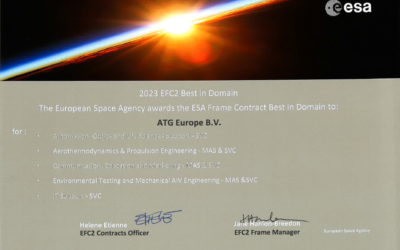Pushing the boundaries of the 3D animation: Tackling a Two-Year Complex 3D Project with Arnau Romero’s ‘Never Give Up’ Approach
The ESTEC Test Centre is the largest of its kind in Europe, where the majority of ESA spacecraft are tested. Developing a 3D interactive map of such a unique and huge facility required an exceptional level of expertise and dedication. In this interview, we meet Arnau Romero, the mastermind behind this interactive virtual tour of ESTEC Test Centre, to uncover the motivations and challenges that drove the creation of this project.
The first-ever 3D production as a high school student.
My journey into 3D production began during my high school years. With a longstanding passion for video games, I spent hours immersed in both console and PC gaming. One of the most exciting projects I undertook during this time was my diploma assignment, where I had to display a recorded video of our school onto a 3D television and overlay this model on a QR code using AR technology.
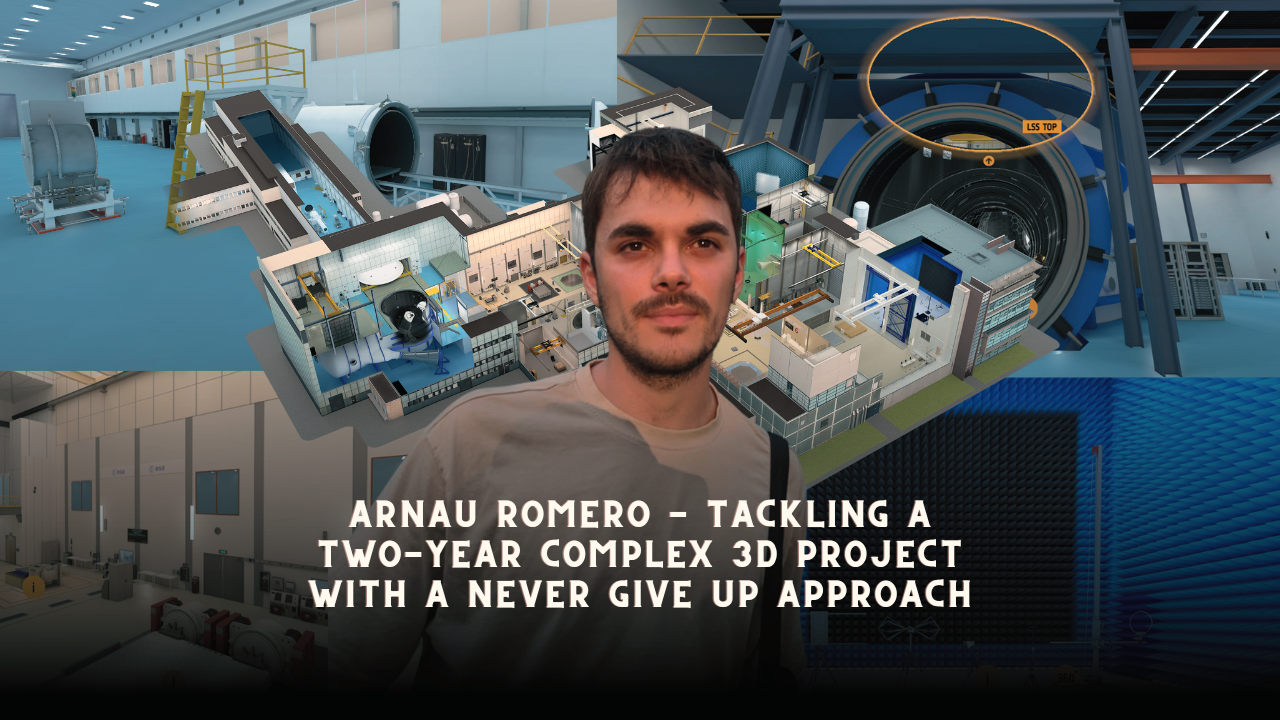
It was an incredibly challenging task, one that I had never encountered before and filled me with immense pride.
Following high school, I initially pursued engineering at university. However, after a year, I realized it wasn’t the right fit for me. Instead, I opted for a training program in 3D design in Barcelona. Unfortunately, the program was full upon my application. Considering programming as an alternative, I was surprised to receive a call just a week before the programming course was scheduled to start, informing me of an available spot in the 3D design program. Without hesitation, I seized the opportunity and switched to my first choice. This experience taught me yet another valuable lesson: to never give up.
A totally new interactive web-based 3D project and 2-year journey with learning-on-job skills
The 3D project of the ESA Test centre initially aimed to create a simple 3D map but evolved to include interactive features like room navigation and informative tooltips to be delivered on the ESA TEC directorate website.
The previous projects I worked on involved rendering animations and developing digital apps, typically requiring users to download and play them locally. In contrast, this project aimed to create a fully interactive map accessible via the website. Transitioning to web-based interactivity, especially the programming aspect, posed a significant challenge compared to my prior experiences.
I devoted time to finding a solution and finally opted for a visual scripting software that allows me to code by connecting puzzles instead of writing the code myself. While this approach simplified certain aspects, new challenges arose. However, I persisted thanks to the valuable exchanges with my ATG Medialab colleagues and engagement with online forums, which facilitated my work significantly.
How to ensure the realistic aspect of the virtual tour
At the outset of this project, I had never set foot in the test centre myself. Instead, I relied on meetings with my point of contact to gather detailed measurements and descriptions of the facilities, including the equipment utilized. The discussions and exchanges with the customer proved invaluable; their insights and firsthand experiences provided crucial guidance in understanding what needed accurate representation. Through these collaborative efforts, we ensured that the interactive project closely aligned with the client’s vision and requirements.
It wasn’t until I finally had the opportunity to visit the test centre and capture reference images for textures and sizes that I gained a deeper understanding of what I aimed to achieve in terms of realism. This firsthand experience solidified my vision for the project and served as a catalyst for achieving a truly authentic representation.
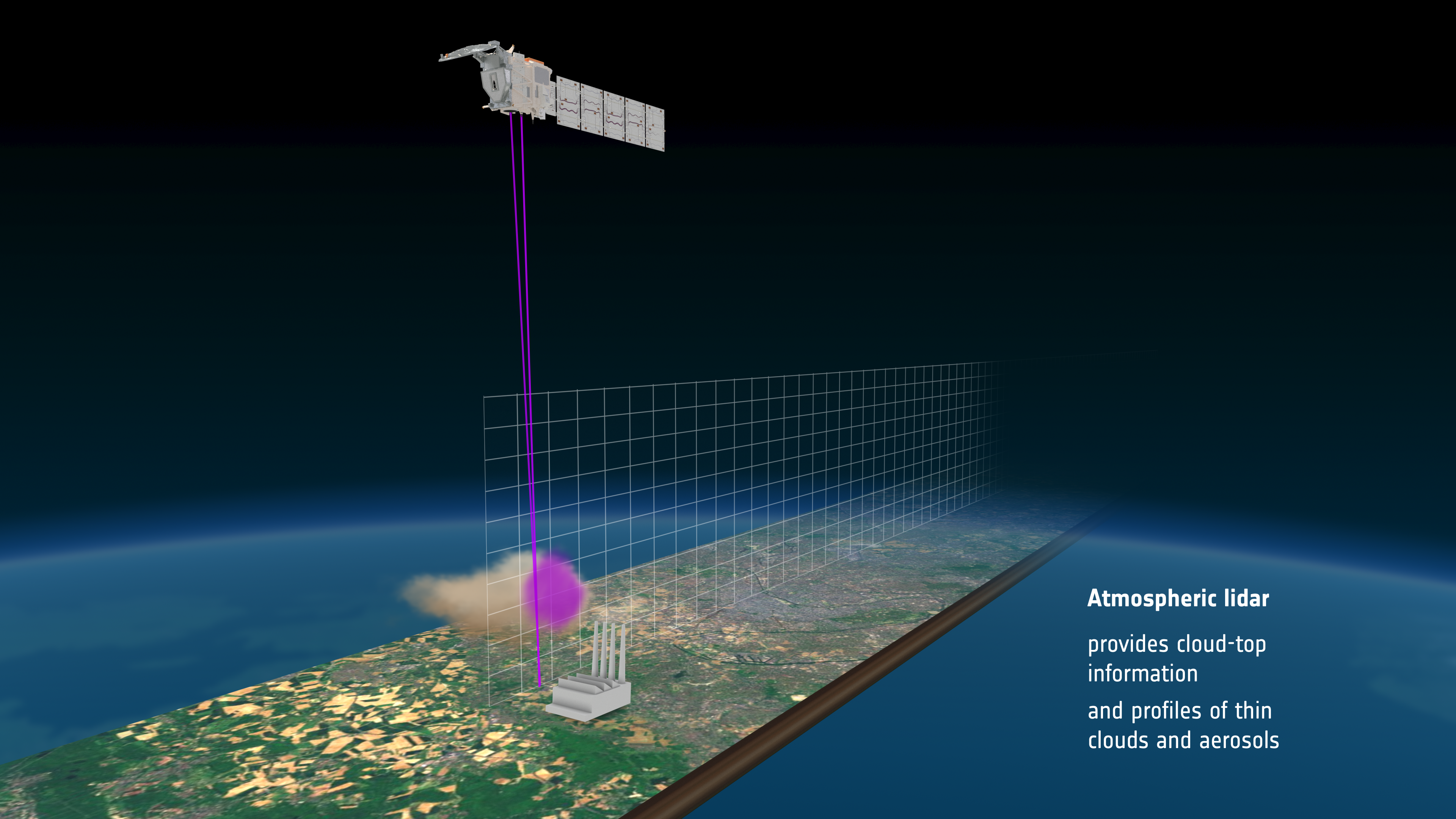
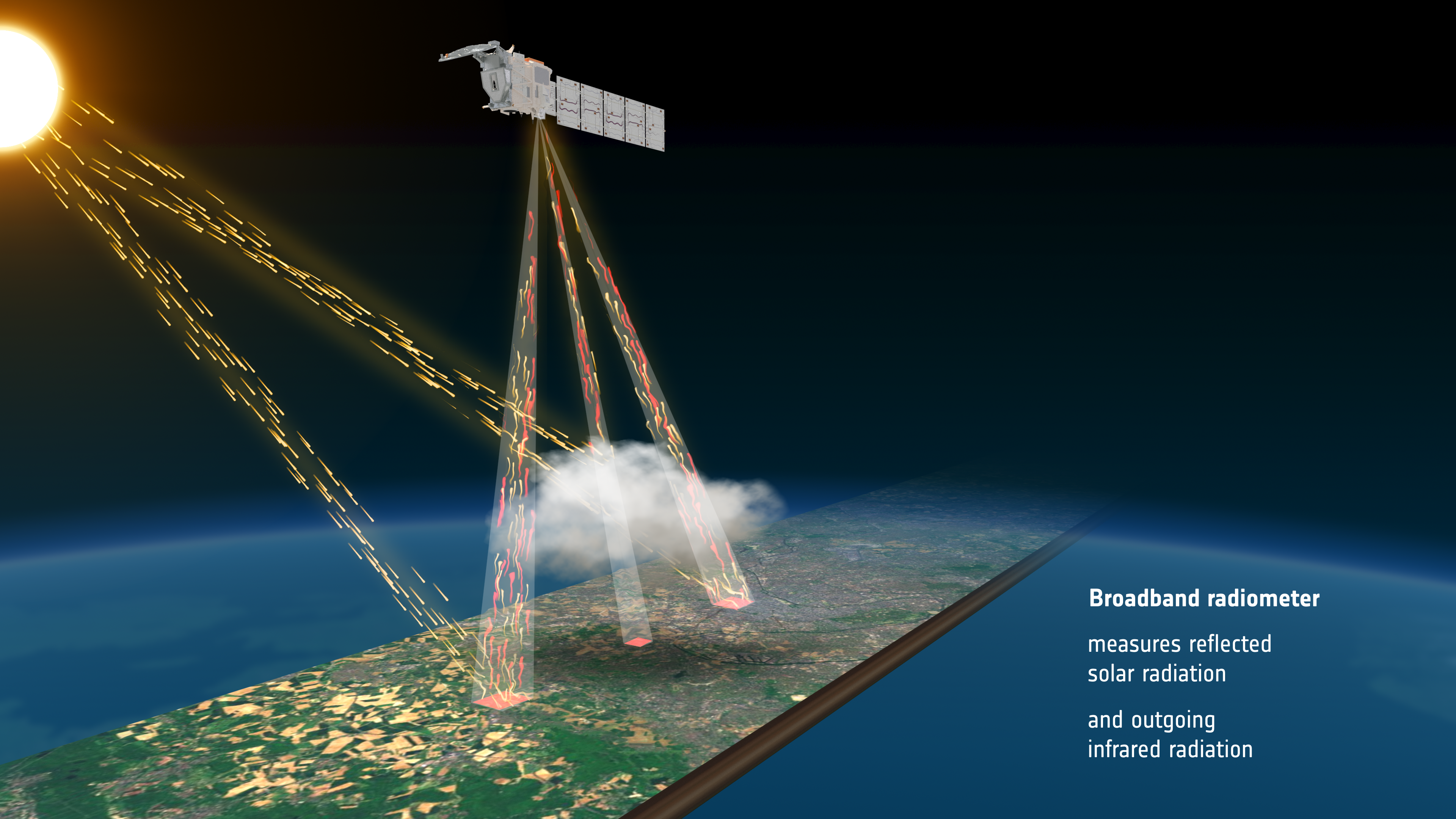
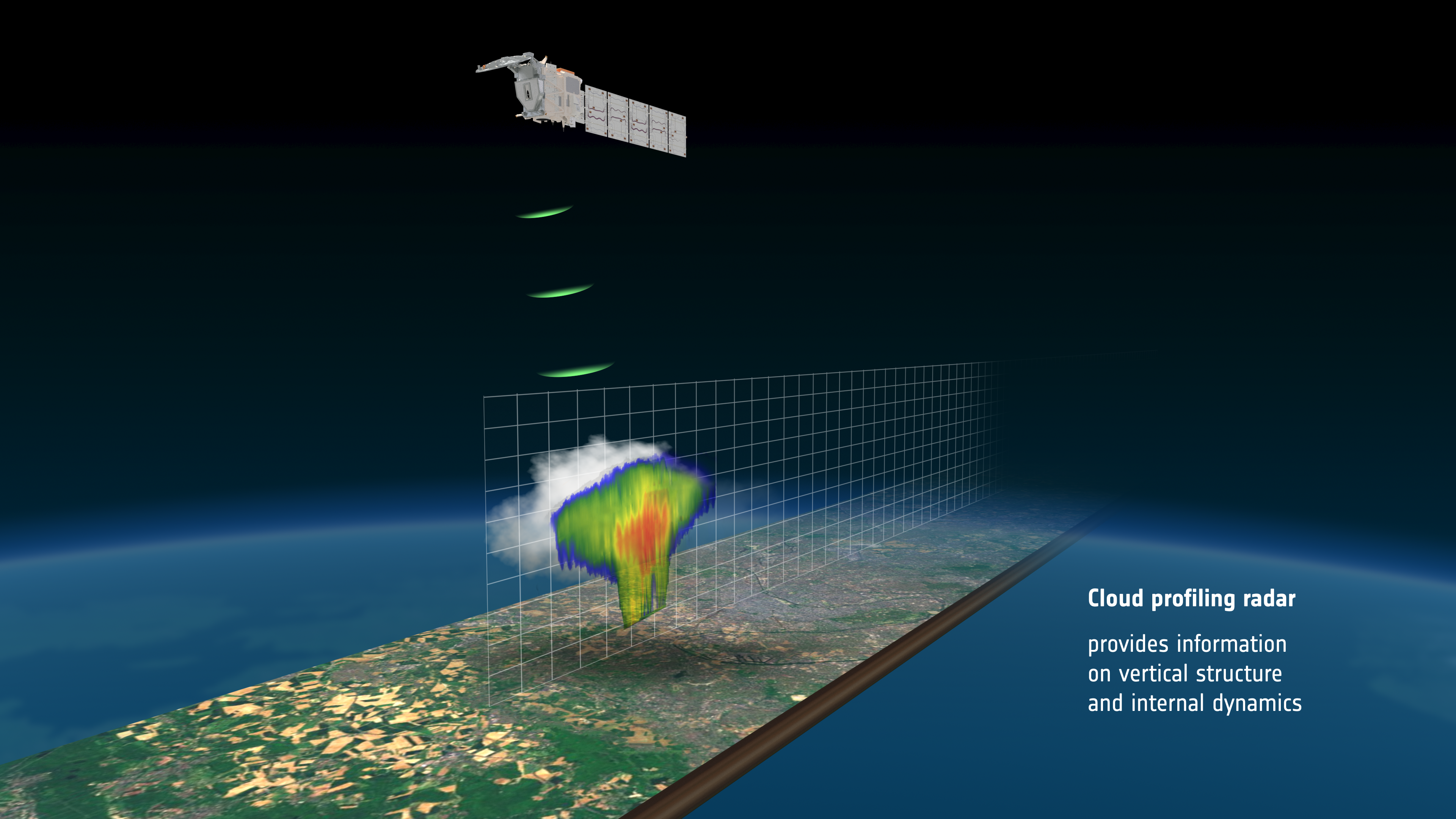
Small moments keep the artist motivated.
Throughout the two-year project, there were moments when I felt discouraged, but I persevered. Even during breaks from work, the project remained at the forefront of my mind. Then, unexpectedly, solutions would emerge. These moments were incredibly rewarding, especially as I witnessed the project meeting the expectations of our customers.
This project represents a significant milestone in my career growth. I delved into unfamiliar software, often turning to tutorials and online resources for guidance. Collaborating closely with both the client and the ATG team, we iteratively refined the project, surmounting technical obstacles and incorporating new ideas while ensuring performance and realism. It was undeniably a challenging journey, but ultimately, it proved to be immensely rewarding.
One advice to give to others embarking on similar journey
I recommend exploring tutorials and studying existing projects to gain insights into the software and techniques. Embrace challenges as learning opportunities and collaborate closely with clients and teammates to align on objectives and iterate towards the desired outcome. Above all, remember to ‘Never give up.’ With determination and a clear scope, a solution will inevitably arise.
We thank Arnau for this important lesson, and we invite all of you to take a tour into this unique 3D experience!

